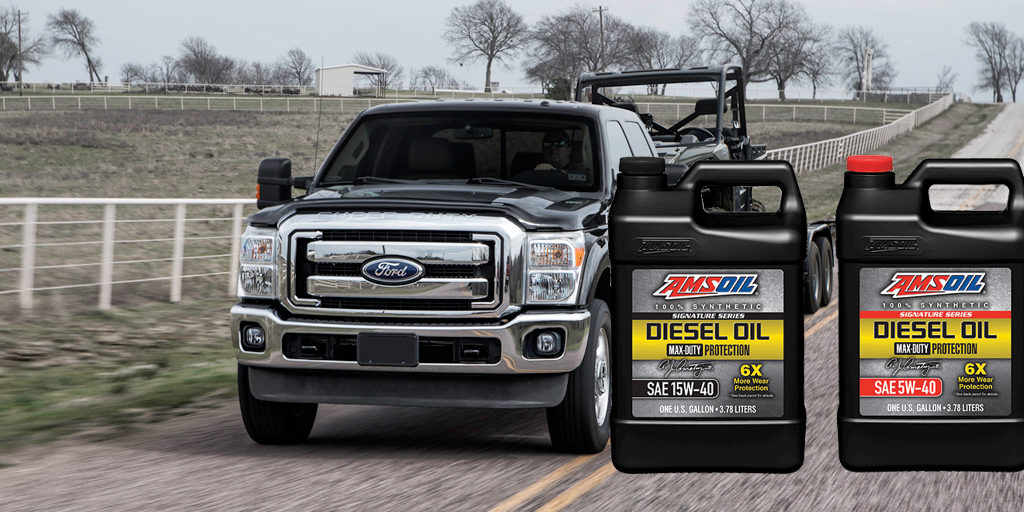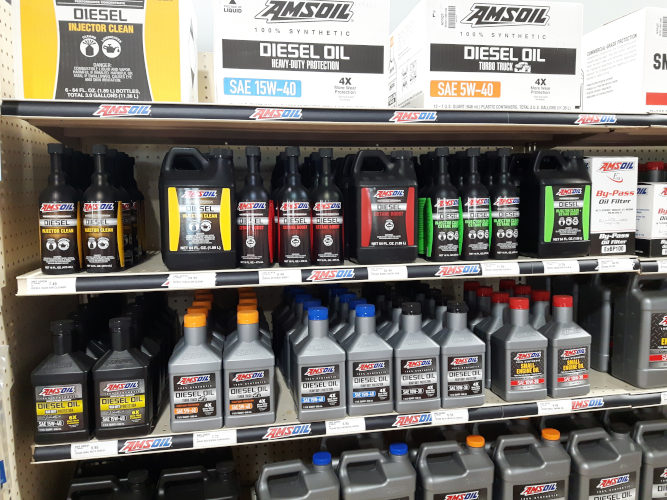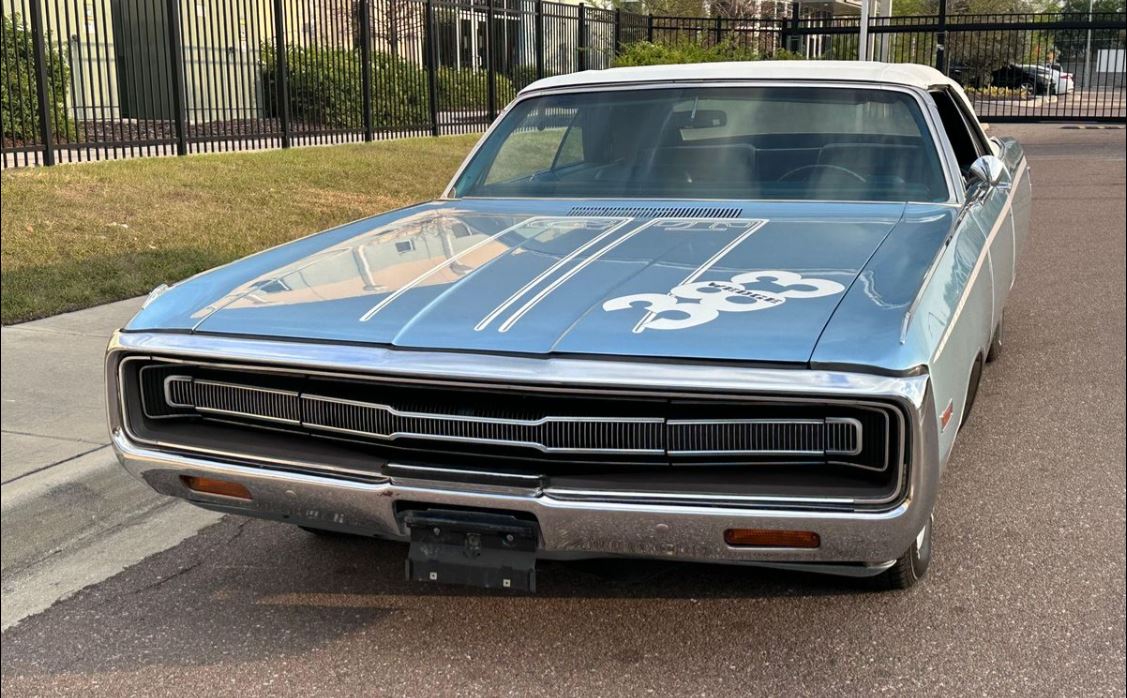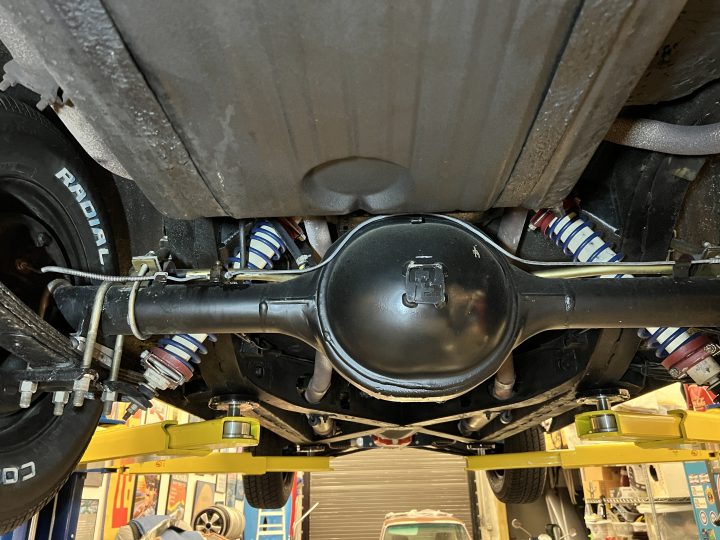See Why Pro Angler Pete Maina is Addicted to the Outdoors Lindsay Premo|Aug 09, 2019 2:01 PM Pete Maina is living the dream. How, you ask? Well, first off, his curly shoulder-length mane rivals that of most ’80s rock stars. And who wouldn’t want that? But that’s not the only reason. Find out below. See […]
How to Clean a Fishing Reel
How to Clean a Fishing Reel Josh Pettit|Jul 11, 2019 11:53 AM At some point, every angler is going to have to clean his fishing reels if he wants them to last. Like most fisherman, I have my favorite fishing equipment I use regularly, take care of after each use and put away nicely. But […]
Lawnmower Won’t Start? Do this.
Lawnmower Won’t Start? Do this. John Baker|Jul 03, 2019 1:48 PM A lawnmower that won’t start, especially when taken from storage, is almost always due to one problem: bad gas. Storing a lawnmower in the fall without adding gasoline stabilizer to the fuel tank can cause the fuel to break down and plug the fuel passages. If fixing […]
How Engine Sludge Forms. And How To Prev...
Engine Sludge Is Easily Avoidable John Baker & Associates |Jul 24, 2019 4:20 PM Engine sludge. It’s a back gelatinous substance that wreaks havoc in engines. And long before the engine’s demise, engine sludge can foul engine sensors and interfere with performance. Some mechanics call it the “black death.” How does motor oil, which is […]










